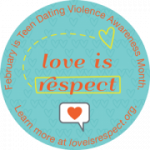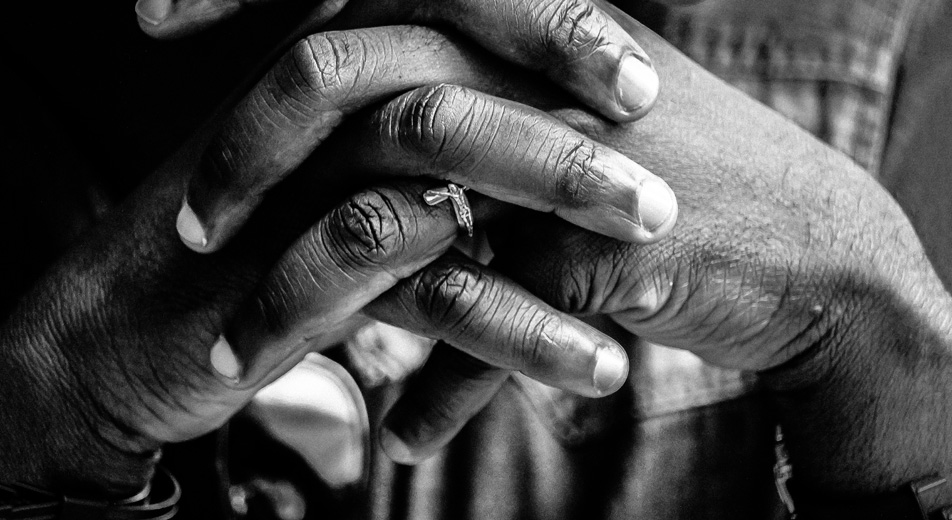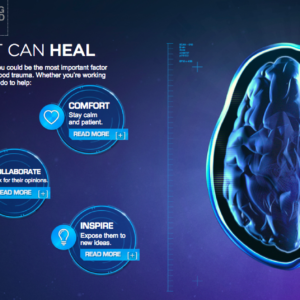Futures Without Violence is hosting a webinar next week on school-based health services, adolescent health and anticipatory guidance for dating and sexual violence and harassment. The session will be April 27th at 6:30pm ET (yes, it’s a late one). From the announcement:
Teens experiencing relationship abuse are more likely to report unhealthy diet behaviors, engage in substance abuse, and report having suicidal thoughts. Given these sobering facts, adolescent relationship abuse is a major health concern facing teens today, and health care providers have a unique role to play in preventing it. Not only can they provide valuable prevention messages to help their patients build healthy relationships, but medical professionals are also uniquely positioned to help those exposed to abuse access the resources they need.
Clinical settings that serve adolescents in particular, such as confidential teen clinics and school health centers, are strategic sites for adolescent health promotion, prevention, and intervention. Unfortunately, the standard-of-care within adolescent health settings does not currently include specified protocols to assess for or intervene to reduce dating and sexual violence and harassment. This webinar will provide participants with strategies and tools to provide universal education on safe, consensual and healthy relationships, as well as models for trauma-informed responses to disclosure of DSV.
(My one wish for Futures Without Violence is that they would publicize their events a little sooner, but alas, here we are, another intriguing topic with not much notice.)



















